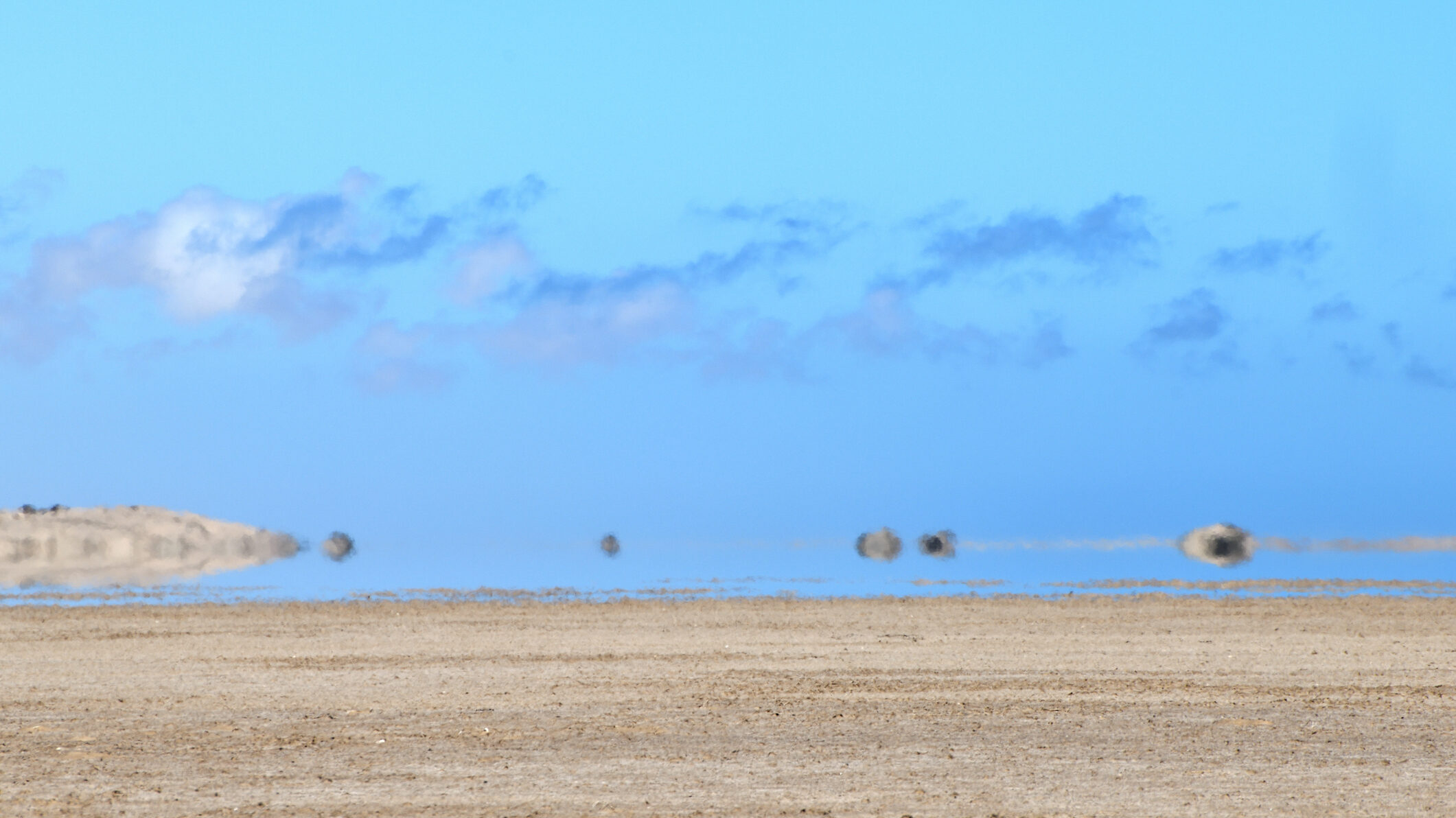
In Her resides all beauty and brilliance. All the lakṣmīs derive their beauty from Her.
Caitanya Caritāmṛta, Ādi-līlā 4.92
Caitanya Caritāmṛta, Ādi-līlā 4.92 in the last of a series of verses expressing the idea that the eight lakṣmīs, most beautiful, most splendid, most prosperous and fortunate of all demigods, derive their beauty from Rādhā.
We know Rādhā’s outward appearance to be beautiful. Images of her physical qualities adorn every corner of Vrindavan.
But these verses confirm that Rādhā is not only beautiful, she is also the source of all beauty. She is both beautiful and she bestows beauty on others. If there is beauty, then Rādhā is at its root.
Any object we find beautiful, from the charm of the most delicate flower, to the wonder of the sun-rays at dawn, from the smile of an infant to the glow that flows from the eyes of the wise, traces its beauty back to Rādhā. Any object that gives pleasure, not only to the eyes, but to any of the senses may be called beautiful. The pleasure it brings, the happiness it causes, can be attributed to Rādhā.
Continue reading

